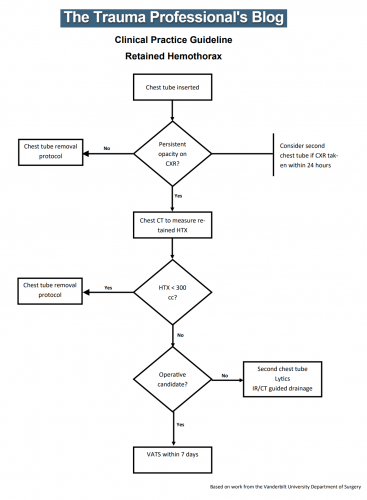In my last post, I discussed a paper that examined the fate of very well-selected elderly patients with traumatic subdural hematoma. Today, I’ll focus on one that was just published that took all comers, kind of. Hopefully, this will give us a better idea of what outcomes to expect after emergency craniotomies.
This work was conducted at the University of New Mexico, and was yet another retrospective review. They took all comers with age > 65 and acute subdural hematoma. However, criteria for proceeding to surgery were based on neurosurgeon discretion. Only 62 patients were identified during a 5 year period, and the Glasgow Outcome Scale score was the primary outcome.
Here are the factoids:
- 60% of patients were taking preoperative anticoagulant or antiplatelet drugs
- Perioperative mortality was 39%, and this increased to 44% at three months
- Of the remaining 38 survivors, 4 were in a vegetative state, 26 were severely disabled, 6 had moderate disability, and 2 had a good recovery
- By 6 months, 20 of the patients in the severely disabled category improved to either moderate disability or good recovery
The authors conclude that, although mortality was high, a significant number of patients (31%) made a meaningful recovery by 6 months. These were patients who had achieved a GOS score of 4 or 5.
Bottom line: Once again, read closely. If you look at the numbers at discharge, 39% were dead and 3% were recovered. The rest ranged from a vegetative state to varying degrees of disability and independence.
Over the first three months postop, the severe disability number shrank, with 5 dying, 3 moving to moderate disability, and 12 making a recovery. This continued to improve somewhat over the next 3 months, but the authors don’t clearly state how many were actually in the recovered group.
So the final numbers that we can tease apart show a 44% mortality and at least 25% recovered. These sound pretty good, right?
Unfortunately, the retrospective design and small numbers are heavily influenced by the selection process. Remember, the patients who received an operation were more likely to survive if the neurosurgeon was skilled in selecting his or her patients vs declaring them as having a “nonsurvivable injury.” We still don’t know the answer to our questions for all comers, but it’s probably quite a bit worse than these numbers. I would imagine that every one of those not operated upon died, and including them would skew these numbers tremendously towards nonsurvival.
So what’s a trauma professional to do? In my next post, I’ll try to bring it all together in a way that we can apply to our own patients.
Reference: Mortality and functional outcome in surgically evacuated acute subdural hematoma in elderly patients. World Neurosurg 126:e1234-e1241, 2019.

